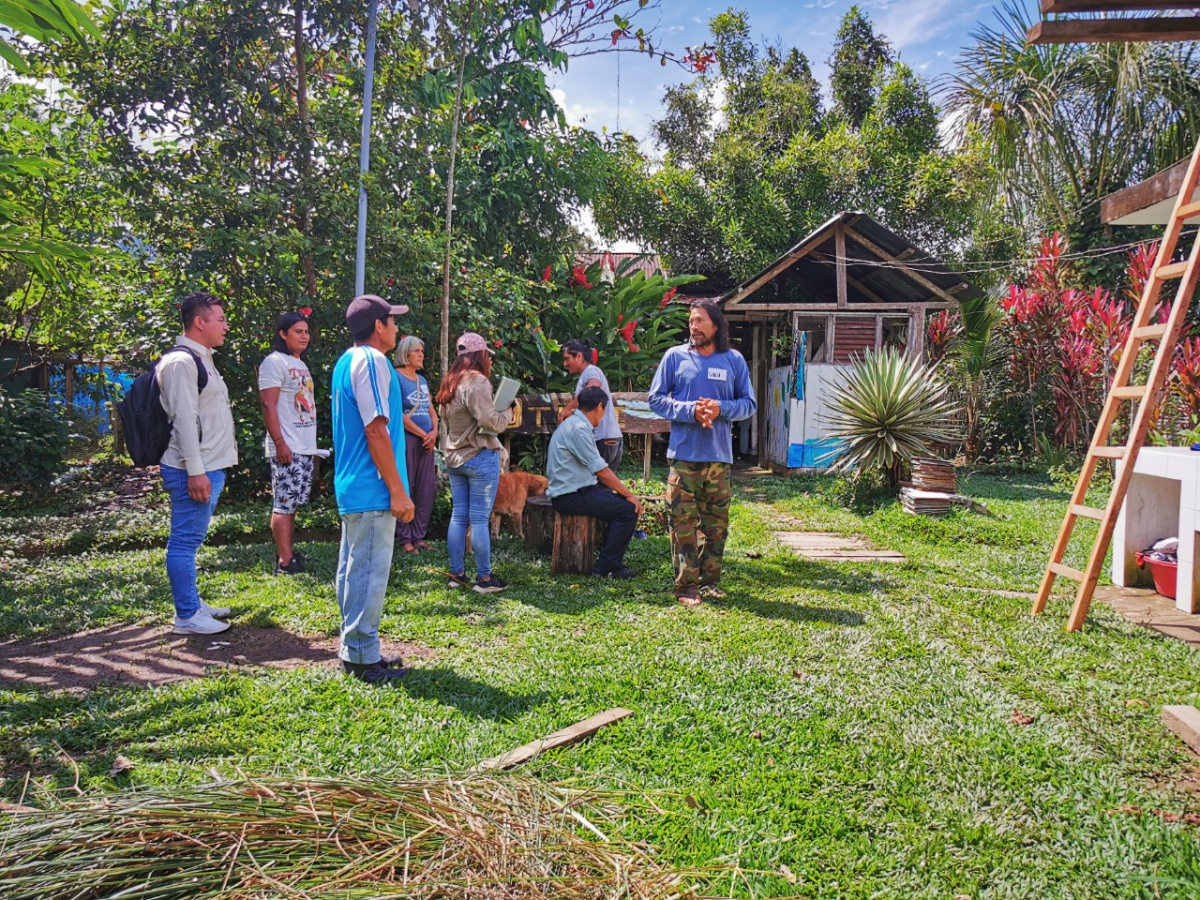Artículo | 11 Abr, 2013
New terrestrial gaps study to be unveiled
IUCN and UNEP-WCMC have undertaken a gap analysis of terrestrial World Heritage Sites, focusing on biodiversity, to be launched at the upcoming World Heritage Committee meeting in June. The analysis examines bio-geographic distributions of existing natural World Heritage Sites and their coverage of the global priority network of important ecosystems for biodiversity conservation.

Photo: UNEP WCMC
For the first time, it aims to identify at the site level the most irreplaceable places of potentially outstanding biodiversity values that may merit inscription, using the integration of two IUCN knowledge products – the Red List of Threatened Species and the World Database on Protected Areas (WDPA). Together with other complementary regional gap studies, this work should go a long way in providing continued guidance for the development of the World Heritage List in coming years, further strengthening its contribution to protecting the world’s most important ecosystems and better safeguarding our planet’s natural heritage for future generations.
This project has been generously supported by BfN – the German Nature Conservation Agency – and the MAVA Foundation.
This project has been generously supported by BfN – the German Nature Conservation Agency – and the MAVA Foundation.



